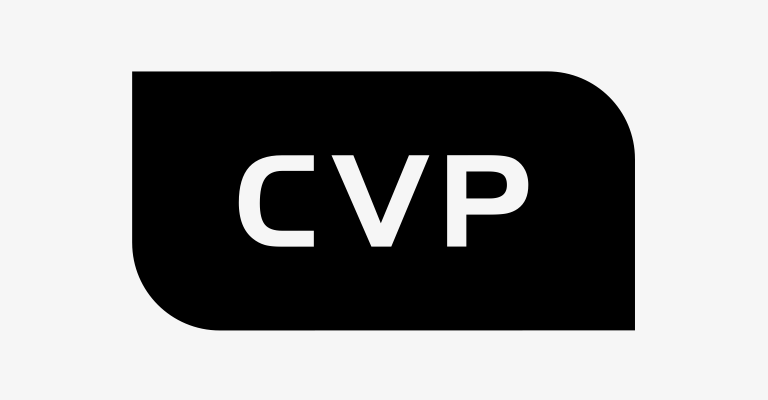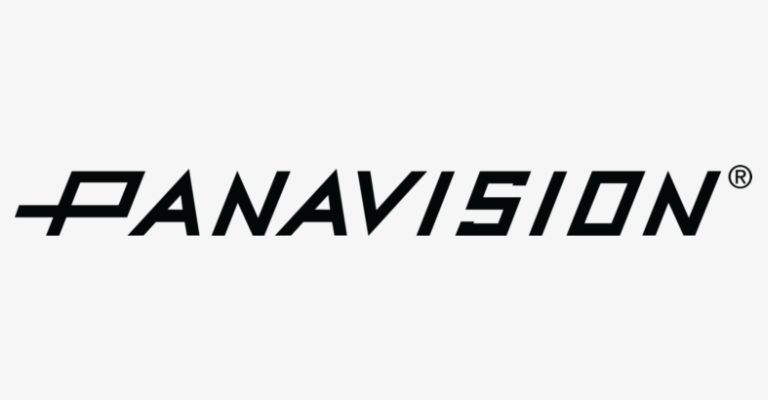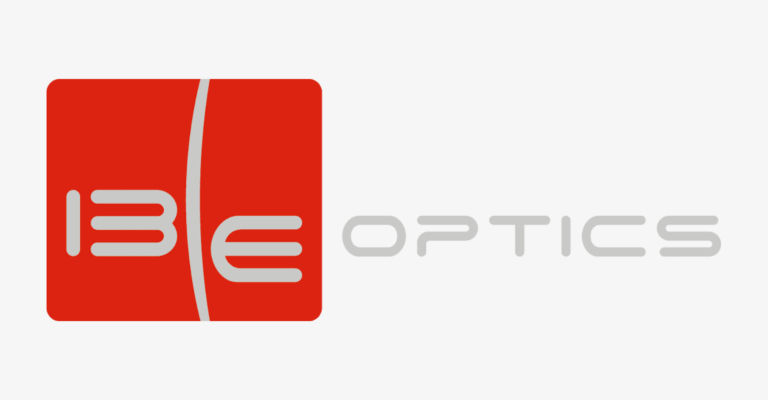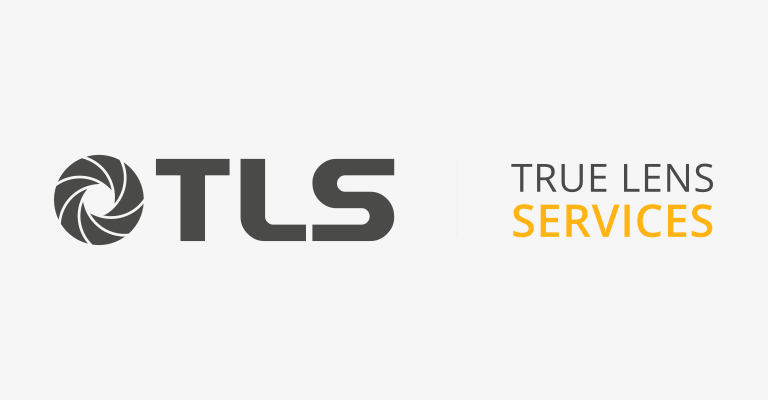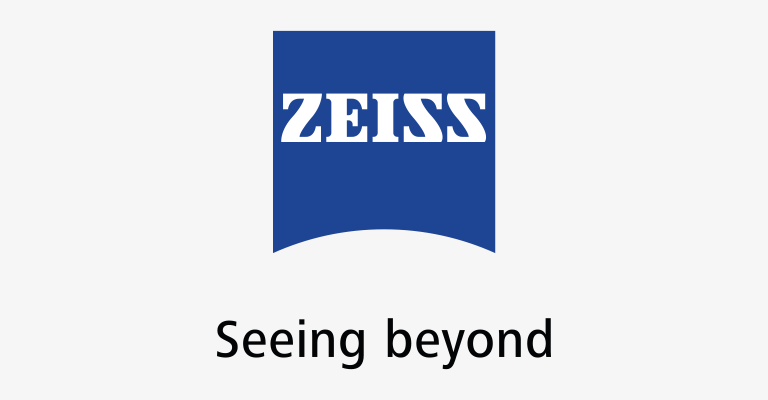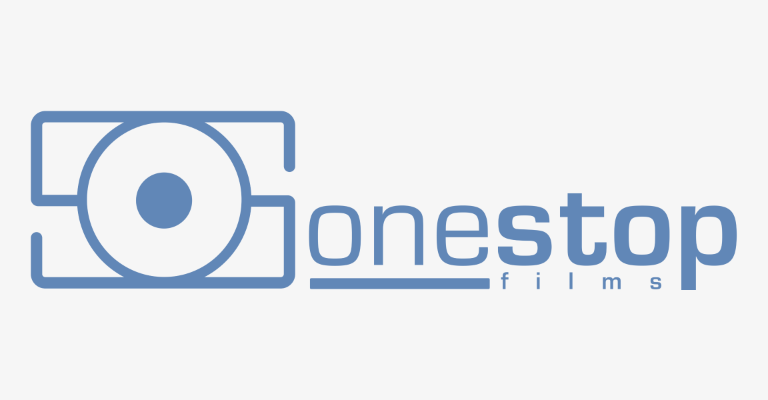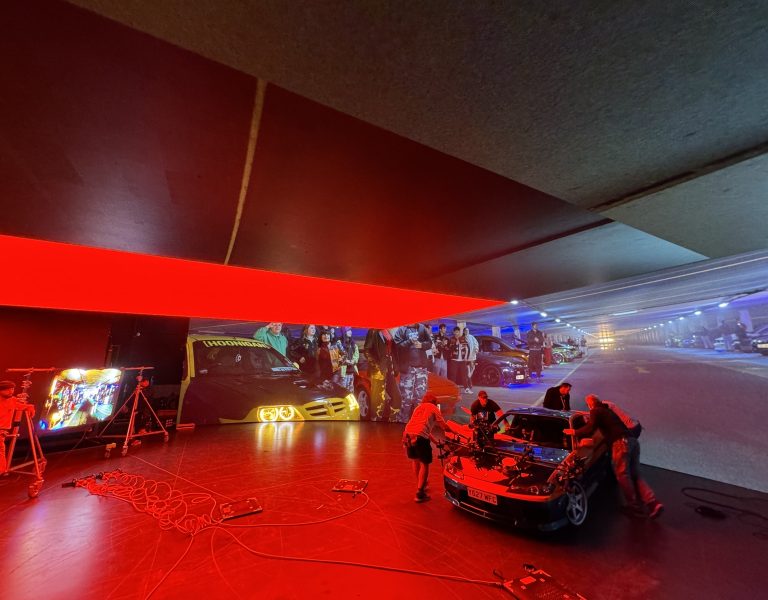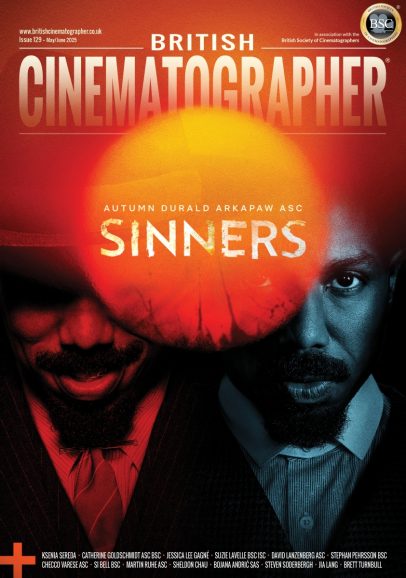Markus Förderer ASC BVK has made a career out of exploring lens flares, creating the Cineflares library to document their optical effects, shaping unique visuals in film.
Whether or not a lens flare is a flaw is a matter of photographic philosophy, but making a science out of something that might be a flaw is no small achievement. Markus Förderer ASC BVK had done just that, creating the Cineflares online reference library while building a credit history including – most recently – the historical drama September 5 and Apple TV’s science fiction Constellation. Both are productions which aimed for very different results via Förderer’s carefully research-based approach.
TOO SUPERFICIAL
Running a website which specialises in documenting lens flares, Förderer is perhaps more aware than most of the world’s touching enthusiasm for them and begins by carefully defining his terms. “Designers call it lens narcissism when lenses show themselves. When people hear about flares they think it’s overused, or it’s eye candy, but it can also evoke a sensation of period or of beauty. That’s what we did on September 5: it’s more a bloom, a veiling glare.”
Förderer prefers, he says, to find a purpose beyond sheer fancy. “Some people use flares for eye candy on a music video, but ideally it’s for story. In Dune: Part Two, during the sandworm riding sequence when he’s running on top of the dune, the sun is right behind him, wiping the lens and the way it’s edited it’s unbelievable. It adds to the story, if it was on a clean lens it wouldn’t have the impact.”
Moreover, Förderer was, he says, keen to achieve something positive during such a grim period of world history. “I thought ‘we have so much time now, and all the gear is in the rental houses.’ If you go to Panavision usually, all the interesting gear is out working. So, that’s when I started shooting this all from scratch with a motion control system so it’s all consistent, and we started Cineflares – now Cineflares Lens Lab. Between projects I shoot tests with a small team of people, and it’s always the exact same methodology.”
The setup Förderer developed for Cineflares will be familiar, although repeatability was new. “It’s a torch with a lens collimated at infinity, twelve feet from the camera lens. There’s black masking so that the dot you see appears to the lens to be near infinity. The focus I always set on purpose not to be on the plane where the light is. We launched this at Cameraimage two years ago and since then it has grown quite a bit. We’re now shooting not just flares but trying to map the bokeh and distortion.”
As well as the familiar reference shots of flares against a black background, Förderer’s library provides what he calls “a scene preview for people to see what it looks like in a real world environment. We can’t go out into the real world and shoot hundreds of lenses, so we went into the desert and shot with an 8K Raptor, with a very clean spherical lens. I put a flag on a C-stand to block the sun, so there’s no flare whatsoever in the original plate, then we removed the flag to create a clean plate.”
Even before the current boom in lens selection, Förderer accepts, any attempt at a fully comprehensive library would inevitably have been a completionist’s nightmare. “It’s a neverending story. I’m still working as a cinematographer while I’m doing this. These days there’s a free educational version which has quite a lot of lenses, but because I had to invest quite some money for programmers, for people who are really into this, there’s a pro version which has the full library.”
Not every production will be interested in boldly visible flares, but Förderer suggests that they are a particularly powerful way to assess related aspects of a lens. “If I could test only one aspect of a lens, I would shine a light into it, and see a flare. It shows the colour response, you can distortion, you can get an idea of chromatic aberration. I’m not necessarily interested in the flare itself. On September 5 I didn’t want to have flares creatively, but I used the flare testing to find the right lenses which have a vintage look.”
“And that’s what I learned from my film school project. I had to write a technical paper on how flares work. I learned so much. It’s a reflection within a lens, so when you have the sun in your frame you get a reflection of it – but there’s also some examples I shot where you have a face in your frame, or a bright edge light, it reflects and it softens the contrast.” To some extent, Förderer suspects, this sort of behaviour goes some way to explaining “what people respond to when they see skin tones in an old lens. It’s a reflection. Maybe it’s only two per cent visible, but it adds to a gentleness which we think is a film look but it’s actually part of the lens.”
Meanwhile, the Cineflares collection continues to grow. “We just published the Franscope Brevet Supermatic, one of the earliest anamorphic zooms. It vignettes extremely on the wide end. There were only a few made, and this one is owned by Dan Kanes from Atlas Lens. It has amazing half metre close focus. Even for a spherical zoom that’s good. It has interesting amber flares.”
No matter how comprehensive Förderer’s test collection becomes, though, some realities will mean that per-production testing will remain essential. Testing a set of Super Baltars, Förderer discovered that not every apparently-identical focal length behaved identically. “Some Panavision lenses can be very different from serial number to serial number – they do all this detuning and sometimes it doesn’t get put back to the original state. For some Panavision series I tested more serial numbers and we published the serial numbers. The modern lenses, the factory produced Zeiss, Cooke and all the Chinese stuff are fairly consistent.”
LOSING THE PLOT
One benefit of all this, Förderer says, is that flare spotting becomes an entertaining pastime during films that fail to entertain. “When I see a movie and I’m a bit bored and it’s not my kind of movie, I try to figure out what lens it was shot with The Minolta Rokkor 17mm is quite unique and I saw that exact pattern in an anamorphic lens and I thought ‘wait a second, they must have used this element!’ You can see what lenses are put where. It’s like a fingerprint.”
That sort of diversion aside, reiterates that lens flare may not involve the most stereotypical effects. “Sometimes I shot on lenses so many times and I thought I knew them inside and out, but no. People think of a flare as a circle, a spot or an orb but there’s also veiling and glare that lifts the blacks. Now you can do it with lenses. Of course we’ve used smoke, too, but if you use smoke with a modern lens the foreground looks super crispy.”
For Förderer, the Cineflares project has a certain clarity of purpose which has attracted attention from beyond the camera department. “Visual effects houses have been very interested in the database. The flare tells you so much about the lens, not only from a technical standpoint but also creatively. It’s the purest form of photography. There’s not even a subject. It’s just light, photographed.”
–
Words: Phil Rhodes
